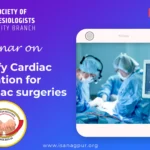
Behind the Mask: Honouring the Unsung Heroes of Anaesthesia
Dr. Madhushree Shah
Assistant Professor, Dept. of Anesthesiology
NKPSIMS & LMH, Nagpur

In the early days of modern medicine, when surgeries were often a harrowing ordeal, a group of pioneers worked tirelessly behind the scenes to transform patient care: The Early Anaesthesiologists and Innovators of Anaesthesia. These largely unsung heroes laid the foundation for one of the most critical advancements in medical science, allowing patients to undergo complex procedures without the agony that had once been inevitable. Though their names may not be well-known, their groundbreaking contributions in developing safe and effective anaesthesia techniques have saved countless lives and reshaped the landscape of medicine forever.
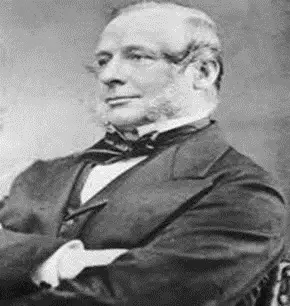
(1814-1876)
- British Physician and Anatomist
- Sibson described the strengthened supraclavicular portion of the pleura which may be punctured during supraclavicular block and which became known as Sibson’s fascia.
- He was known for his significant contributions to the study of respiratory anatomy and physiology
- Sibson even designed a chloroform inhaler which could be used for artificial respiration.
- Sibson does not elaborate on his reasons for pressing back the larynx but this mention of cricoid pressure precedes Sellick’s by more than a century.
- American surgeon and Pharmacist.
- First used diethyl ether for surgical anaesthesia. This historic event took place on March 30th,1842, when he removed a tumour from patient’s neck.
- Long was one of the earliest advocates of using ether in child birth to alleviate the pain of labour.
- Though Long was the first to use ether for anaesthesia, he did not publish his findings and eventually people came to know about ether after W.T.G Morton demonstrated the use of ether in 1846.
- 30th march is celebrated as Doctor’s Day in US
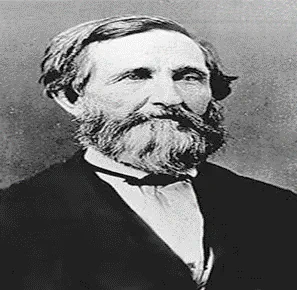
(1815-1878)
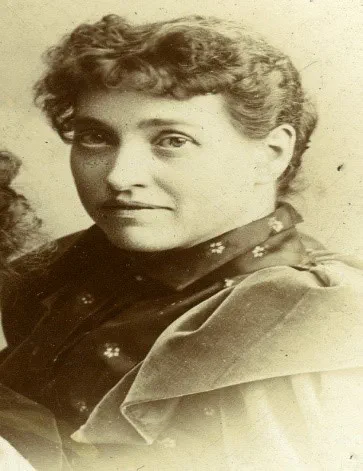
(1860-1928)
- “Mother Of Anaesthesia” for her work in the field of nurse administered anaesthesia.
- She administered anaesthesia for over 14000 surgeries without a single anaesthesia related death.
- She incorporated hypnotic Anaesthesia and open drop method in her work, needing less chemical anaesthesia with both techniques which helped reduce the risk of overdose.
- The American Association of Nurse Anaesthesiology (AANA) established the Alice Magaw Outstanding Clinical Practitioner Award in 1998 to honour Magaw.
- Pivotal figure in the development of modern anaesthesiology.
- Pioneered the use Intravenous (IV) Anaesthesia in clinical practice.
- In 1934, He introduced Thiopentone Sodium, the first intravenous anaesthetic, which revolutionized how anaesthesia was administered, making it faster, more predictable and safer.
- Lundy played a crucial role in promoting Anaesthesiology as a recognized medical speciality.
- He promoted the concept of “Balanced Anaesthesia” which involved use of multiple drugs.

(1894-1973)
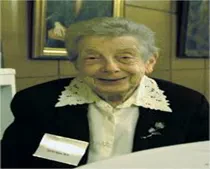
(1912-2004)
- Mother of Obstetric Anaesthesia
- Pioneer in Obstetric pain control, particularly in Epidural technique
- She not the developer of the technique but she very rapidly saw the benefits and identified major complications such as Hypotension after a Spinal Block.
- Gertie Marx Spinal Needle- Suggested side ports on the Sprotte needle should be more proximal to the needle’s hub.
- Father of Cardio-Pulmonary Resuscitation
- He wrote the book ABC of Resuscitation in 1957, which established the basis for mass training of CPR
- Established first intensive care unit of United States in 1958, at Baltimore City Hospital.
- He initiated the Freedom House Enterprise Ambulance Service, one of the first prehospital emergency medical services in the United States in 1967
- He developed standards for emergency medical technician (EMT) education and training.
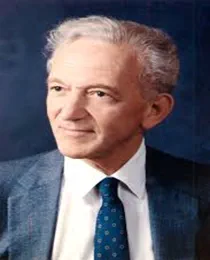
(1924-2003)
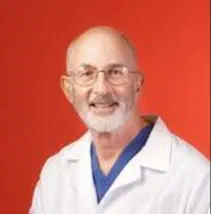
1936
- Contributed to anaesthesia simulation and education
- Conducted extensive research on inhaled anaesthetics, focusing on their pharmacokinetics and pharmacodynamics
- Contributed to advancement in mechanical ventilation
- Involved in establishing high ethical and safety standards in anaesthesia practice.
- The Game Changer of Trauma Care
- Evolution of the ‘On Arrival Block’ Concept
- He meticulously gave bilateral blocks by carefully adjusting the timing and the dosage
- No work was too much, or too mean, for him to do, if it would help the patient
- His contributions were acknowledged through various recognitions, such as AORA (Academy of Regional Anaesthesia) Dr Ravindra Bhat Oration, an annual event that highlights his influence in regional anaesthesia practice
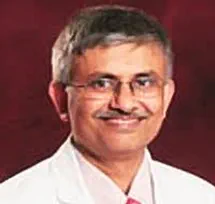
(1963-2012)
